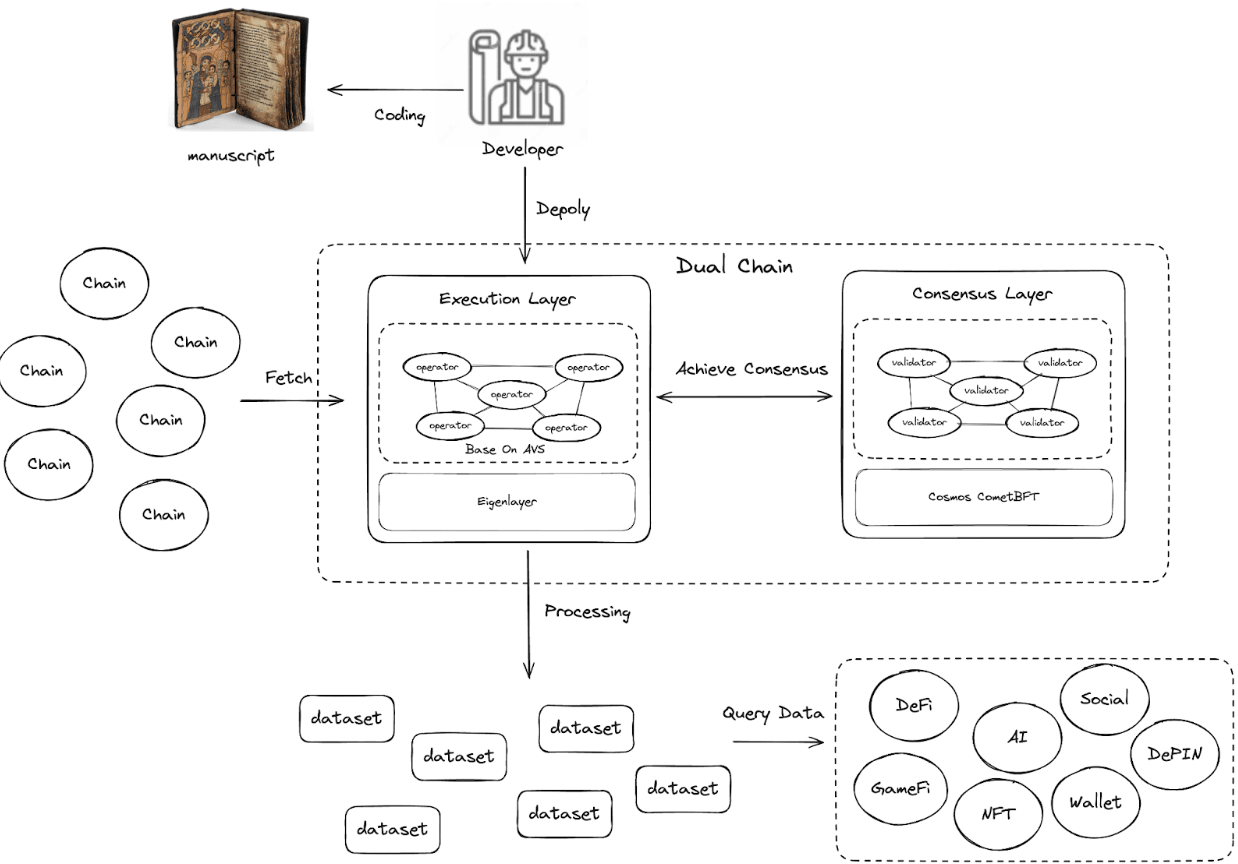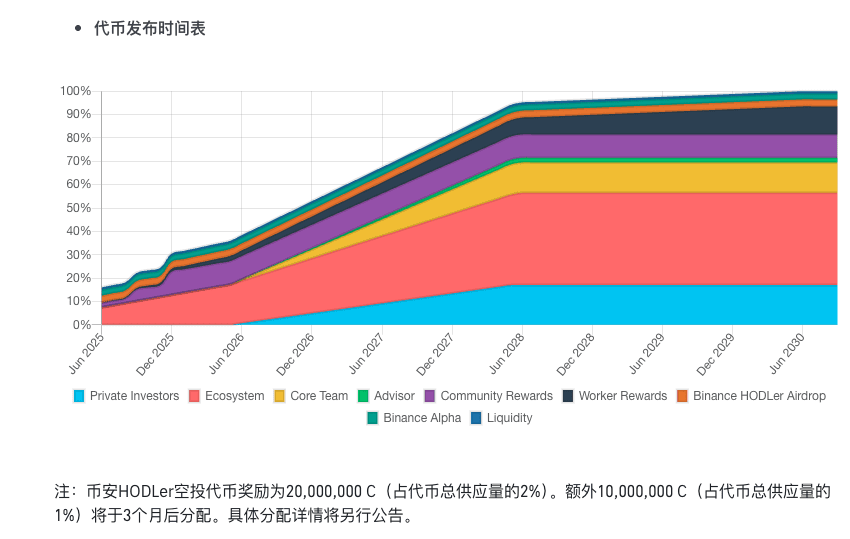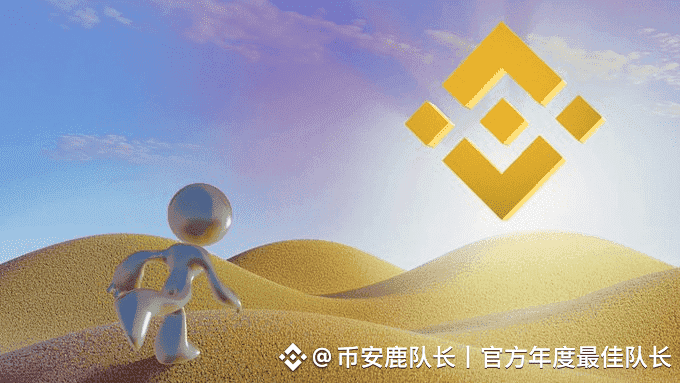
1. Project Introduction
Chainbase is the world's first hyperdata network designed for the integration of artificial intelligence (AI) and blockchain, aiming to address the core pain points of fragmented blockchain data, insufficient standardization, and restricted access. The project was founded by the Singapore team Chainbase Labs in 2021, with the core vision of building an open, decentralized data infrastructure that allows AI applications and developers to efficiently access cross-chain structured data.
Core Technical Architecture:
Four-Layer Architecture:
Co-Processor Layer: Defines data transformation workflows through the 'Manuscript' protocol, converting raw blockchain data into a standardized format compatible with AI.
Execution Layer: Processes large-scale data based on the Chainbase Virtual Machine (CVM) and parallelization technology, supporting high throughput and low latency.

Consensus Layer: Utilizes CometBFT's instant finality mechanism to ensure network security and rapid consensus.
Data Accessibility Layer: Provides a unified API and dashboard, supporting real-time data queries and batch processing.
Dual-Chain Architecture:
Consensus Chain: Built on CometBFT, responsible for network validation and consensus.
Execution Chain: Integrating EigenLayer AVS (Active Verification Service) to enhance economic security through dual staking (tokens + ETH/LST).
Manuscript Protocol:
Define data standardization processes, supporting multiple languages (such as Golang, Rust, Python, etc.), enabling blockchain data to be directly used for AI model training and analysis.
Core Functionality:
Cross-Chain Data Integration: Integrated with over 200 blockchains (including Ethereum, Solana, BNB Chain, etc.), covering scenarios like DeFi, NFTs, smart contracts, etc.
AI-Driven Data Processing: Transforming raw data into structured, verifiable datasets that support real-time analysis and machine learning.
Decentralized Governance: Achieved community-driven protocol upgrades and decision-making through tokens.
2. Token Model
Basic Information:
Token Name: Chainbase ($C)
Total Supply: 1,000,000,000 C (1 billion)
Initial Circulation: 160,000,000 C (16% of total supply)
Token Distribution:
Category Proportion Usage Description Ecosystem and Community Growth 40% Funding developers, integration incentives, community activities, and long-term ecological construction. Airdrop Incentives 13% Phase-based rewards for early users, contributors, and partners (such as Binance Wallet, OKX Wallet users). Node Operator Incentives 12% Rewards for operating data nodes and maintaining infrastructure providers for the execution layer. Early Investors 17% Long-term vested shares for strategic investors (such as Tencent Investment, Matrix Partners China). Core Team 15% Incentives for the founding team and protocol engineers, with a lock-up period of 4 years. Liquidity 3% For exchange listing and market liquidity support.

Token Usage:
Data Access: Pay fees for querying and retrieving structured datasets.
Ecosystem Incentives:
Developers: Earn rewards by writing the 'Manuscript' protocol.
Operators: Provide computing resources to process data, earning $C based on workload.
Delegators: Stake tokens C or ETH to support nodes and share network profits.
Execution Security: Validators stake C and ETH/LST to ensure the data processing security of the AVS layer.
Governance: Holders participate in decisions regarding protocol upgrades, token distribution models, etc.
Economic Model:
Fee Distribution: 80% of network fees are allocated to node operators, 15% for developer incentives, 5% are burned to control inflation.
Staking Mechanism: The dual staking model (C+ETH) ensures economic security, allowing stakers to earn returns and participate in network governance.
3. Project Advantages
Technical Barriers:
World's First Architecture: A four-layer architecture combined with a dual-chain design to solve the fragmentation of blockchain data and support AI's real-time data needs.
Manuscript Protocol: Standardizing data transformation processes to lower the access threshold for AI models.
High Scalability: Single-chain processing capability reaches 500 billion data requests per day, supporting future expansion.
Market Positioning:
Bridge Between AI and Blockchain: Filling the demand for high-quality, structured data in AI applications, becoming the infrastructure for the DataFi (Data Finance) economy.
Ecosystem Integration: Supported over 200 blockchains, serving more than 24,000 projects (including DeFi protocols, on-chain analysis tools, etc.).
Completed Milestones
Decentralization: The Chainbase network achieved decentralization in its fourth year of operation.
Funding: Secured $11.4 million in Series A funding in July.
Litepaper: Released the Chainbase Litepaper, detailing the network design, architecture, and economic model.
Testnet Launch: Launched the Chainbase testnet in Q3, integrating EigenLayer AVS.
Growth Statistics:
Integrated with over 220 public chains.
Processing more than 600 million data queries daily.
Established a community of over 31,000 developers dedicated to over 8,000 projects.
Attracted over 2,000 validators on EigenLayer, with a TVL of 581,075 ETH (approximately $1.96 billion).
The Chainbase Genesis event attracted 31 million wallets to participate (of which 2 million are long-term wallets).
Grew Twitter/X followers to 620,000 within six months.
Discord membership increased from 3,755 to 397,000 in one year.
Partnerships: Collaborated with over 220 EVM-compatible and non-EVM chains, including Solana, Near, ICP.
AI Partnerships: Initiated collaborations with io.net, Atheir, Flock.io, Gaia, Carv, Google Gemini, and Google Cloud.
Global Impact: Participated in over 30 conferences across 14 countries and launched a global ambassador program with representatives from 13 countries.

To register on Binance, please enter the invitation code: DBQAREOK.
Follow me for periodic updates on various project information!
https://www.binance.com/en/join?ref=DBQAREOK
